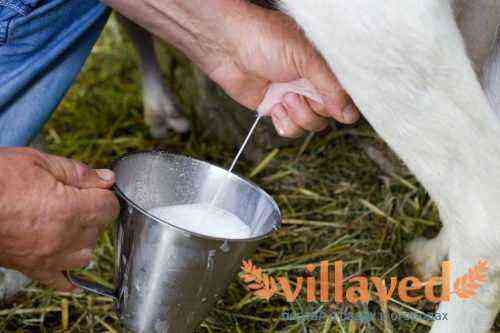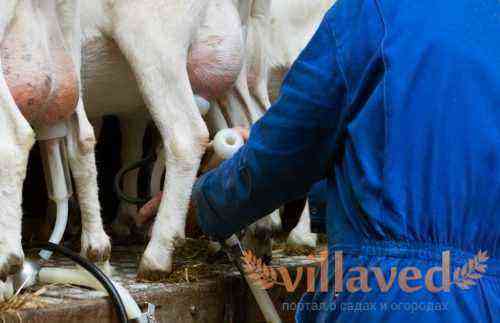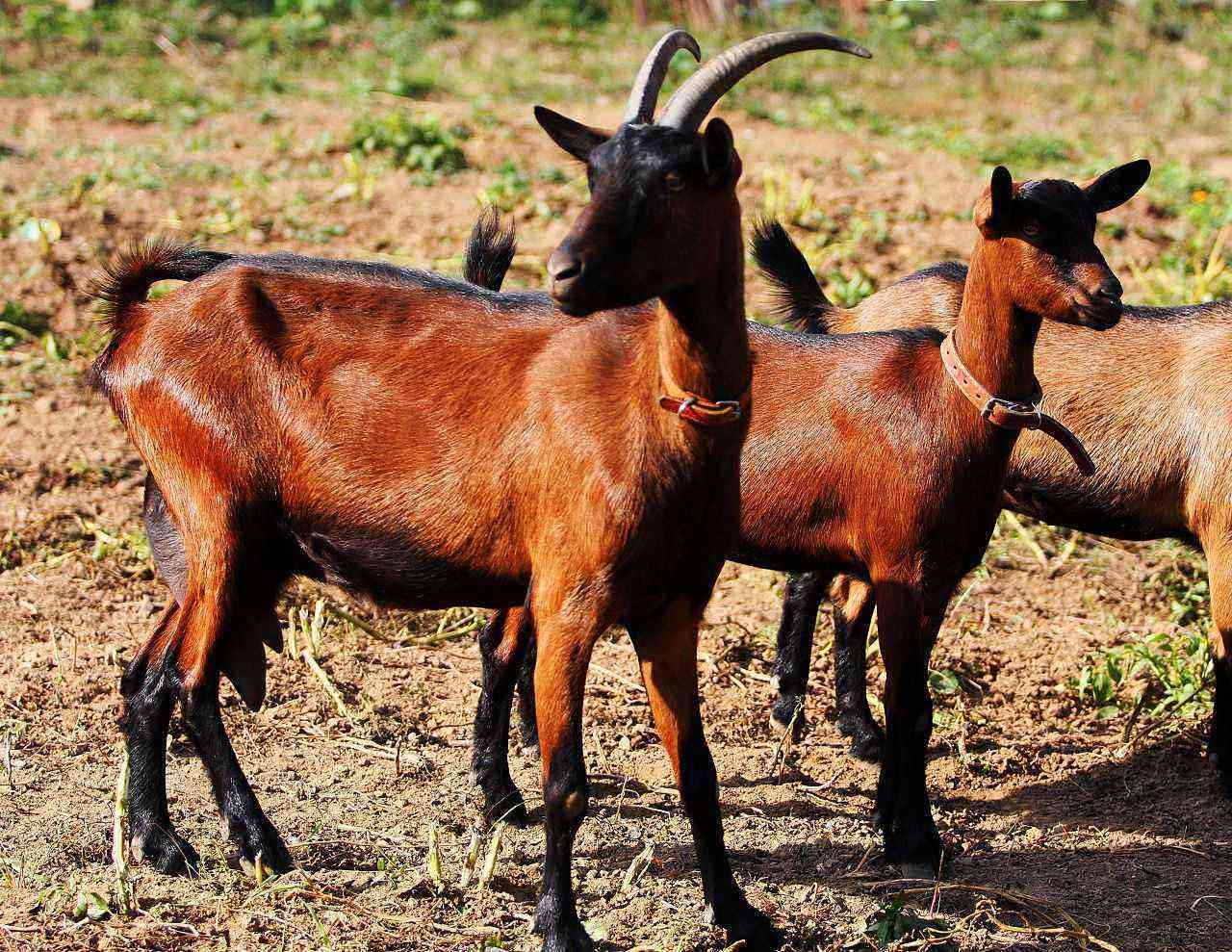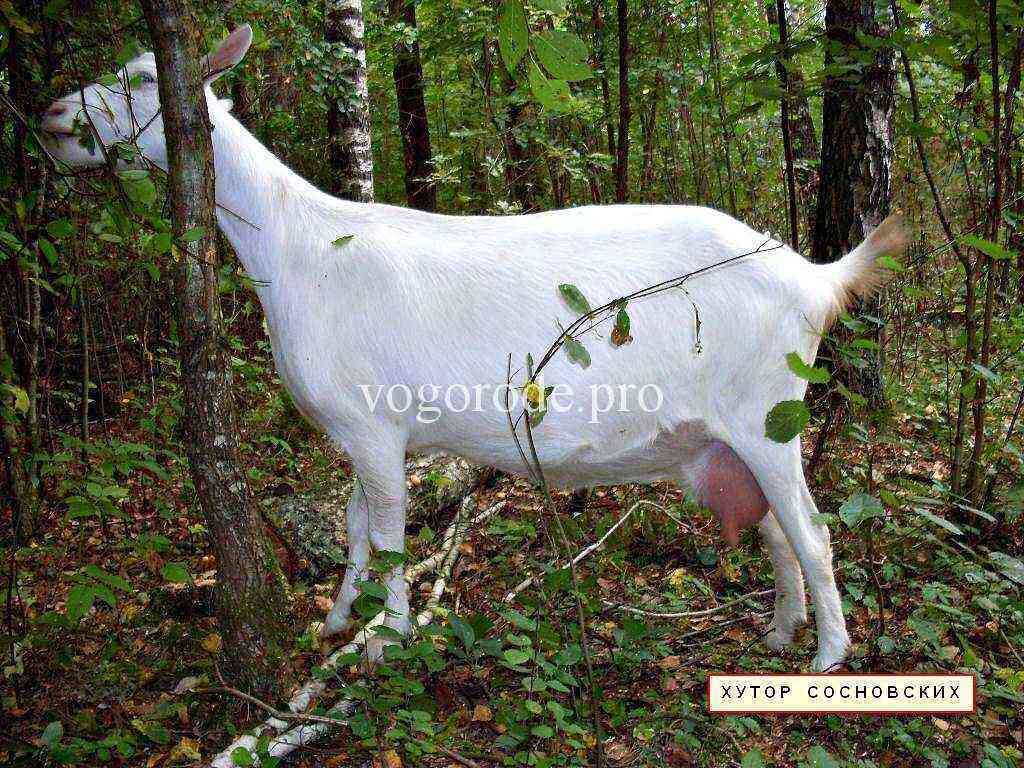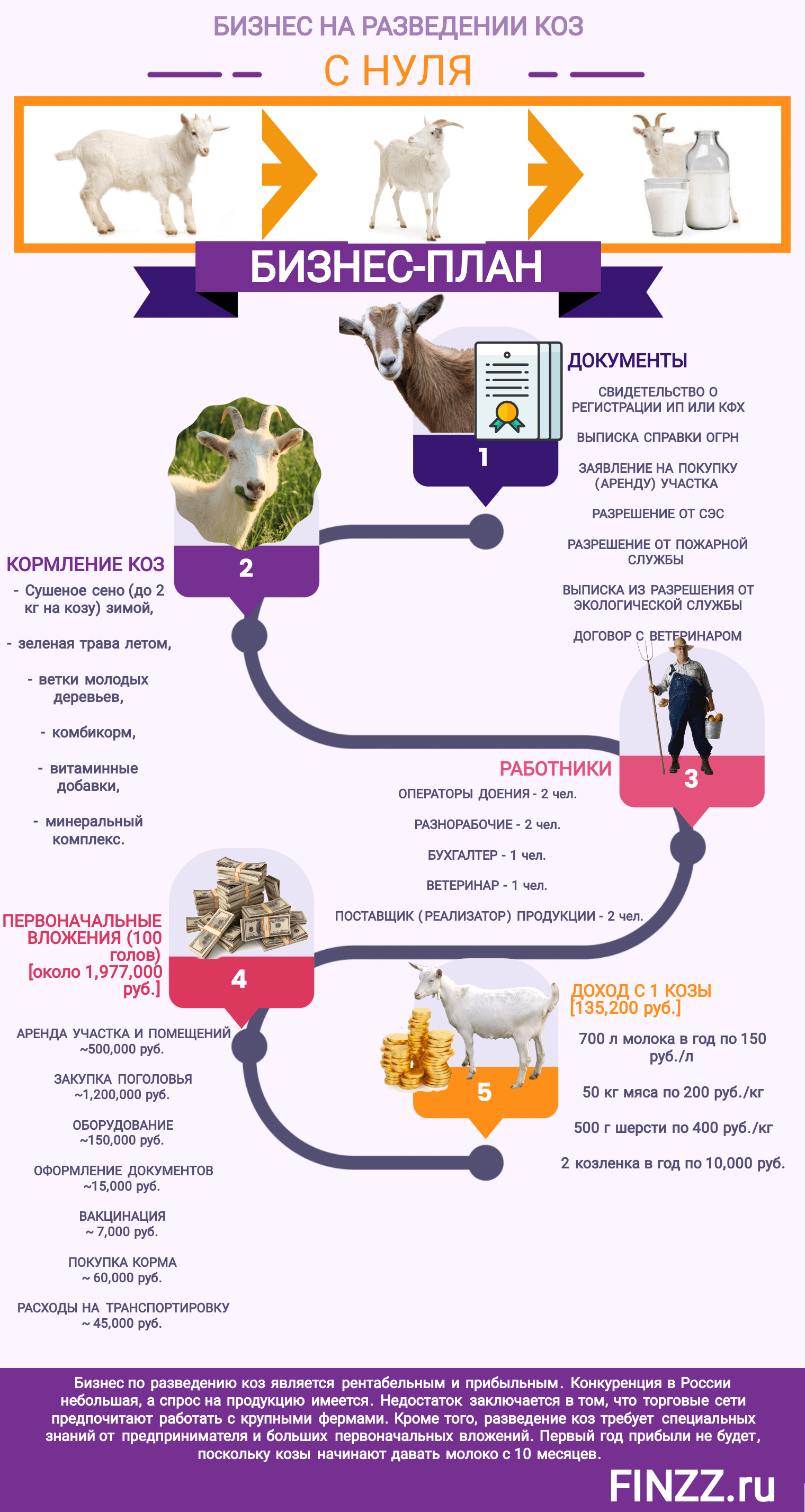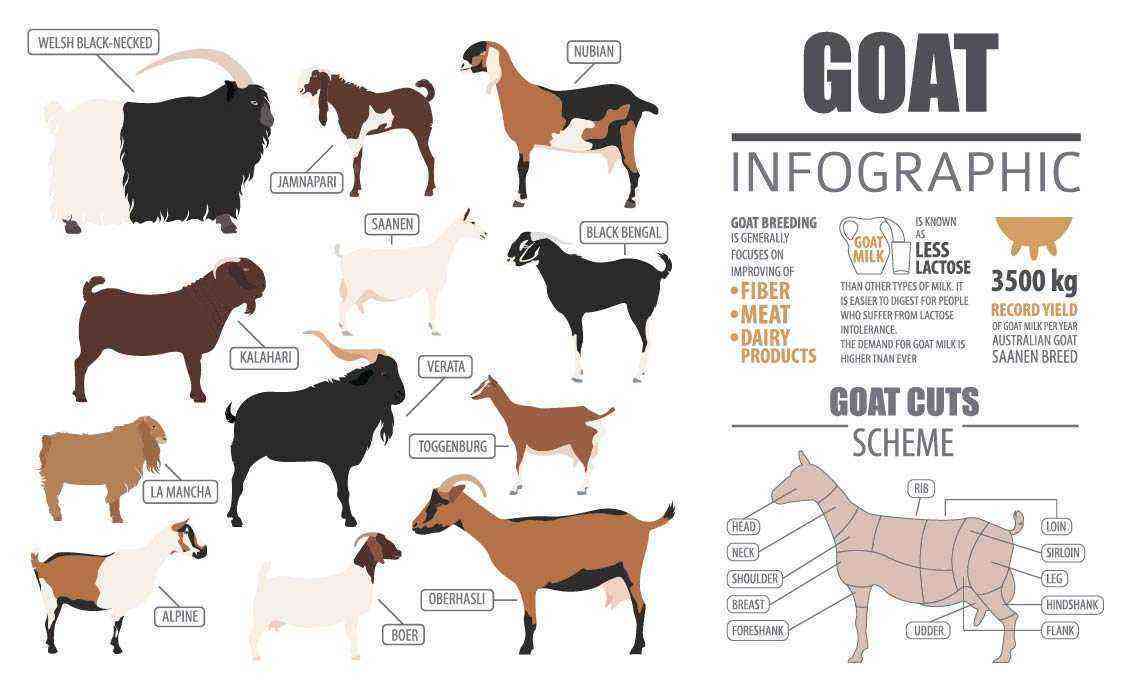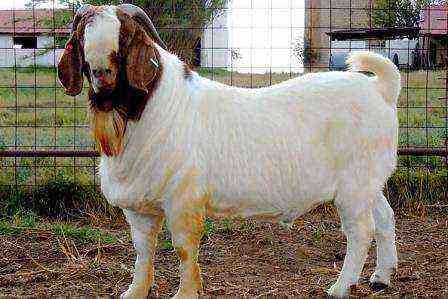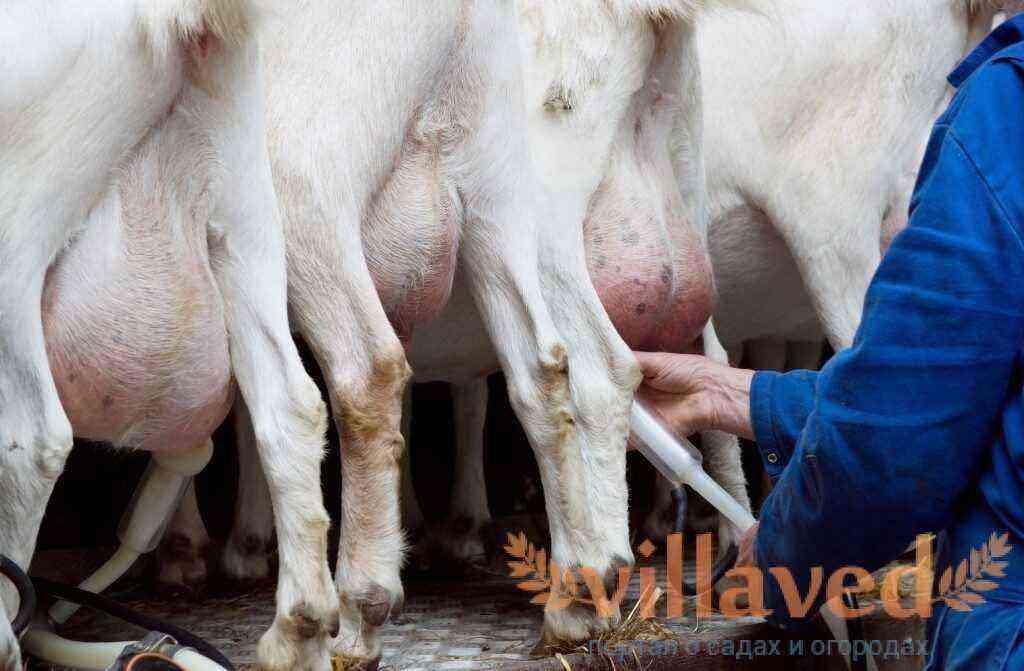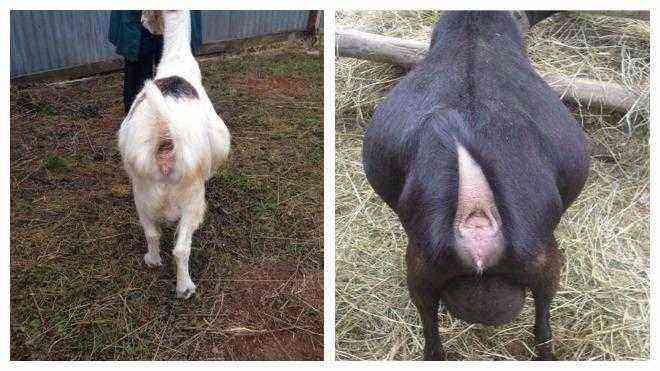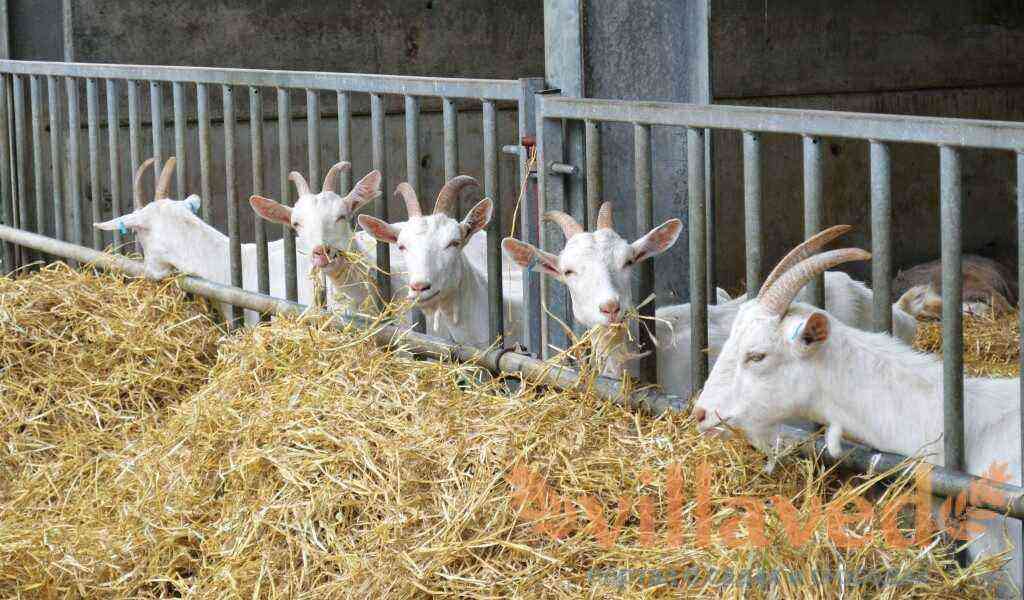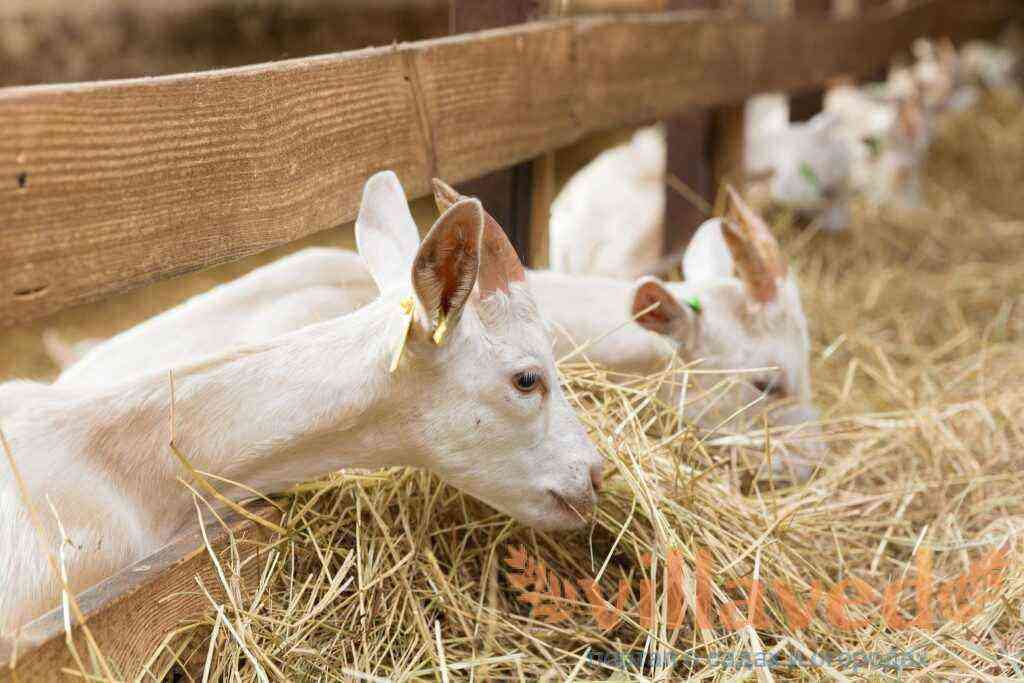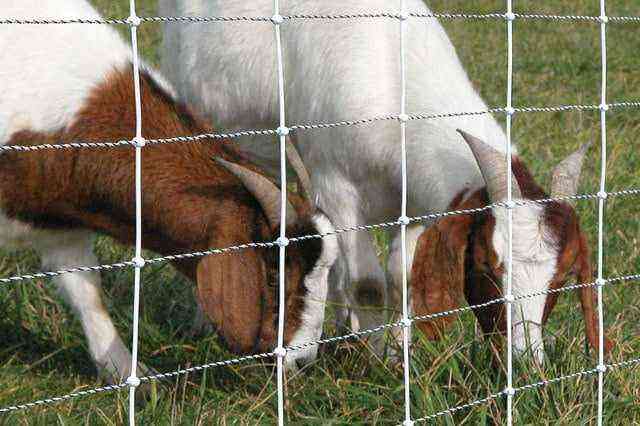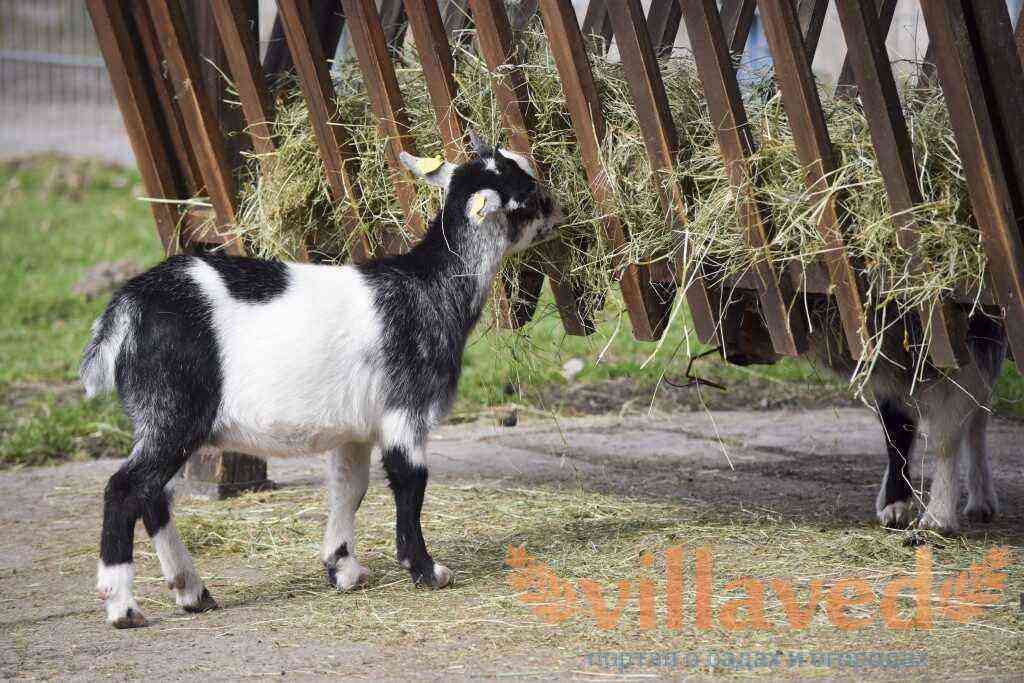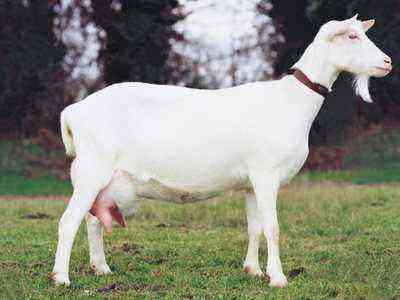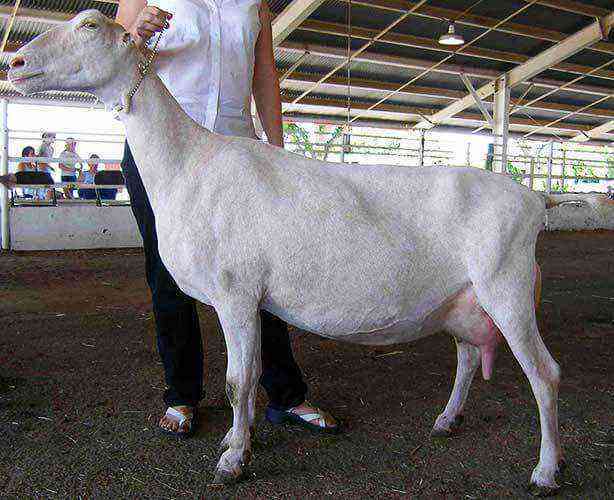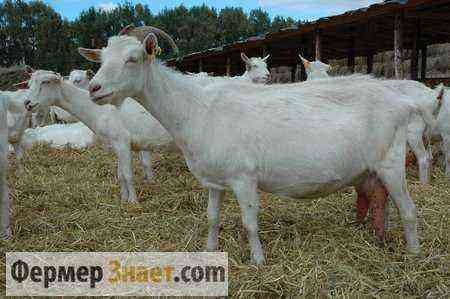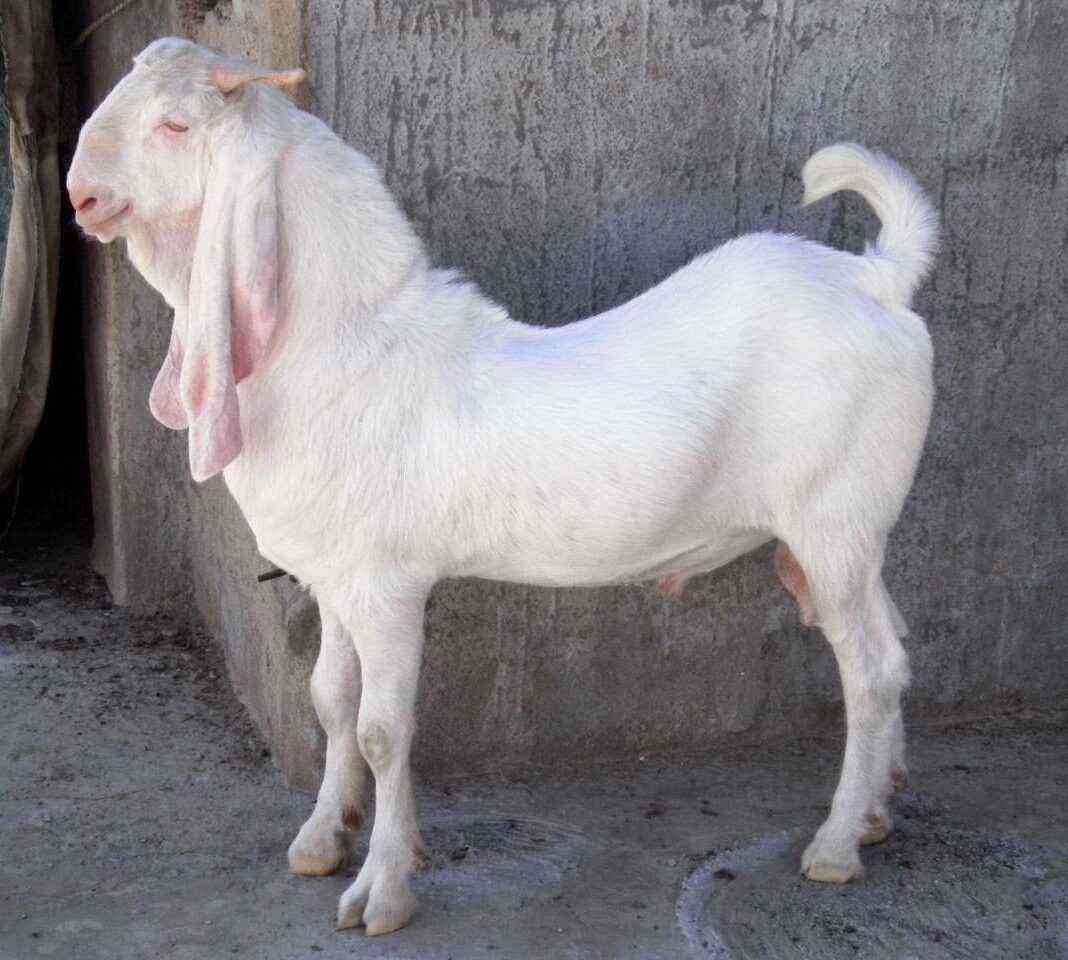A goat is a rather unpretentious animal that does not require enormous costs or special material investments. But, like any living creature, it is prone to many diseases, one of the most common and difficult to treat is mastitis. In the article, you will learn how to treat mastitis in a goat, what should be the treatment at home, and what drugs are used in the treatment of mastitis in goats.
farmer-online.com
Mastitis in a goat
The content of the article:
How to diagnose mastitis in a goat
Mastitis is a disease accompanied by an acute or chronic inflammatory process, which is localized in the mammary gland, in the case of goat breeding – in the udder.
Symptoms and diagnosis of mastitis
What symptoms of mastitis in a goat can indicate an incipient disease:
- Milk stained with blood
- An increase in one of the udder lobes
- Udder hardening
- The appearance of signs of compaction
- Change in milk quality (appearance of clots, color change)
- Increase in goat body temperature
Important information – it is extremely important to notice one of the above signs of the disease in a timely manner, since mastitis has an incubation period of up to 5 days.
It should be said that often a goat is affected by a subclinical form of mastitis (hidden mastitis), you may not see obvious signs of the disease. In this case, a fairly simple test should be carried out. It is necessary to pour freshly milked milk into a transparent container and wait until it turns sour. If particles of pus, mucus or blood appear at the bottom, then there is a high probability that your animal is sick with mastitis.
Causes of mastitis
The main reason for the appearance of mastitis in a goat is the retention of milk in the udder, this may be due to non-compliance with the milking technique. Also, mastitis very often affects the animal after lambing, at a time when the goat’s immunity is not able to resist the infection, in this case the cause of mastitis is a bacterial infection and antibiotics are needed to cure the animal.
Other common causes of mastitis in goats include:
- Failure to comply with basic hygiene rules during milking;
- inflammation of nearby internal organs;
- poor animal nutrition
- mechanical damage to the udder.
How to cure mastitis at home
Treatment of mastitis can be divided into several stages:
- Anesthesia
- reduced bacterial growth
- reduction or relief of symptoms of inflammation
Since pain is often present during the disease, it is necessary to treat the affected areas of the udder with novocaine ointment, and then massage the organ to release stagnant milk and serous fluid. If the number of clots is large, it is recommended to introduce 15 ml of a 2% soda solution into the udder, after which the udder is gently shaken alternately up and down. In order to stimulate milk flow as much as possible, the introduction of 1 ml of oxytocin is allowed, but not more than once a day. All milk yield obtained as a result of the manipulations must be destroyed. Massage activities should be carried out 2-3 times a day.
For maximum analgesic effect and to alleviate the condition of the animal, intravenous administration of a 0,25% solution of novocaine diluted with 0,9% physical solution is recommended with a minimum interval of 1 day. Carefully calculate the dose of the administered drug at the rate of 0,5 ml per 1 kg.
Important advice! If mastitis in goats is treated with sulfonamides, be sure to refuse anesthesia with novocaine, their combination is contraindicated.
To effectively combat infectious mastitis, antibiotic therapy is necessary. Since each antibiotic has its own narrow spectrum of action, their use in combination is recommended, for example, penicillin, streptomycin and tetracycline. The regimen of treatment with benzylpenicillin and streptomycin sulfate has proven itself well. Powdered medicine must be diluted with sterile water. Disinfect the site of the future injection on the thigh with alcohol, draw half the contents of each container into a 5 mm syringe and inject. The remaining drug is administered intramuscularly after 12 hours. Continue treatment for 5 days.
To achieve the maximum effect, simultaneous administration of antimicrobial agents directly into the affected area of the udder, through the nipple, is recommended. The best tool is Mastiet forte, produced in the form of a suspension. It contains a local antibiotic and an anti-inflammatory hormonal component.
Instructions for use:
- Free the affected area of the udder from milk
- Thoroughly disinfect the nipple
- Insert the tip into the teat canal
- Squeeze out the entire dose of the drug
- Remove the syringe
- Pass the nipple
Manipulation is carried out once at night, after milking. After the injection, it is recommended to apply a warming bandage to the affected quarter of the udder.
As an adjunct in the treatment of mastitis, the use of ichthyol ointment is recommended, it has a wound healing and softening effect, and also weakens the surface tension of the skin.
false mastitis
Very often, the following situation is observed in the animal, the mammary gland swells, coarsening appears, milking occurs with difficulty, but there is no serous or bloody discharge from the nipples. In this case, it is not mastitis, but the breast – swelling of the udder, which does not require special treatment. The disease disappears after a course of diuretics and the most frequent milking, massage and the use of special ointments are prohibited. An old way to eliminate edema is a decoction of dill seeds. 15-20 tablespoons of seeds are poured with 50 liters of boiling water, the decoction is infused for three hours, you can sweeten it a little with sugar Give the decoction to the animal 1 bucket per day, the course of treatment is 7-10 days. To confirm the diagnosis of breastfeeding, be sure to test with sour milk for latent mastitis.
Chronic form of the disease
If, after the treatment, the symptoms do not go away completely, then the chronic form of the disease can be determined. In this case, all measures should be aimed at improving the general condition of the animal.
It is important to treat the chronic form before the goat becomes pregnant.
At home, you can help the animal in the following way: treat the affected area of the udder with baby cream, give diuretics to the goat to reduce swelling. For this, a homeopathic remedy is perfect – an infusion of herva and fresh lingonberry leaves, its preparation is similar to the preparation of dill infusion, which was written about earlier. Provide the animal with maximum comfort, protect it from cold and drafts, you can cover the udder with a woolen blanket for the night.
Prevention of mastitis in goats
You should conduct a preventive diagnostics of the animal once every three months for changes in behavior, in appearance and, of course, devote sufficient time to examining the udder. In order for your animal to encounter such a disease as mastitis as rarely as possible, you need to know about the preventive measures for this disease:
- Give your pet a comfortable place to live
- Keep the goat house clean
- Milk the goat thoroughly
- Wipe the udder with disinfectants before and after milking
In conclusion, I would like to say that before treating the animal, a consultation with a veterinarian is recommended. Do not forget that self-medication can be harmful to the health of your animal.


